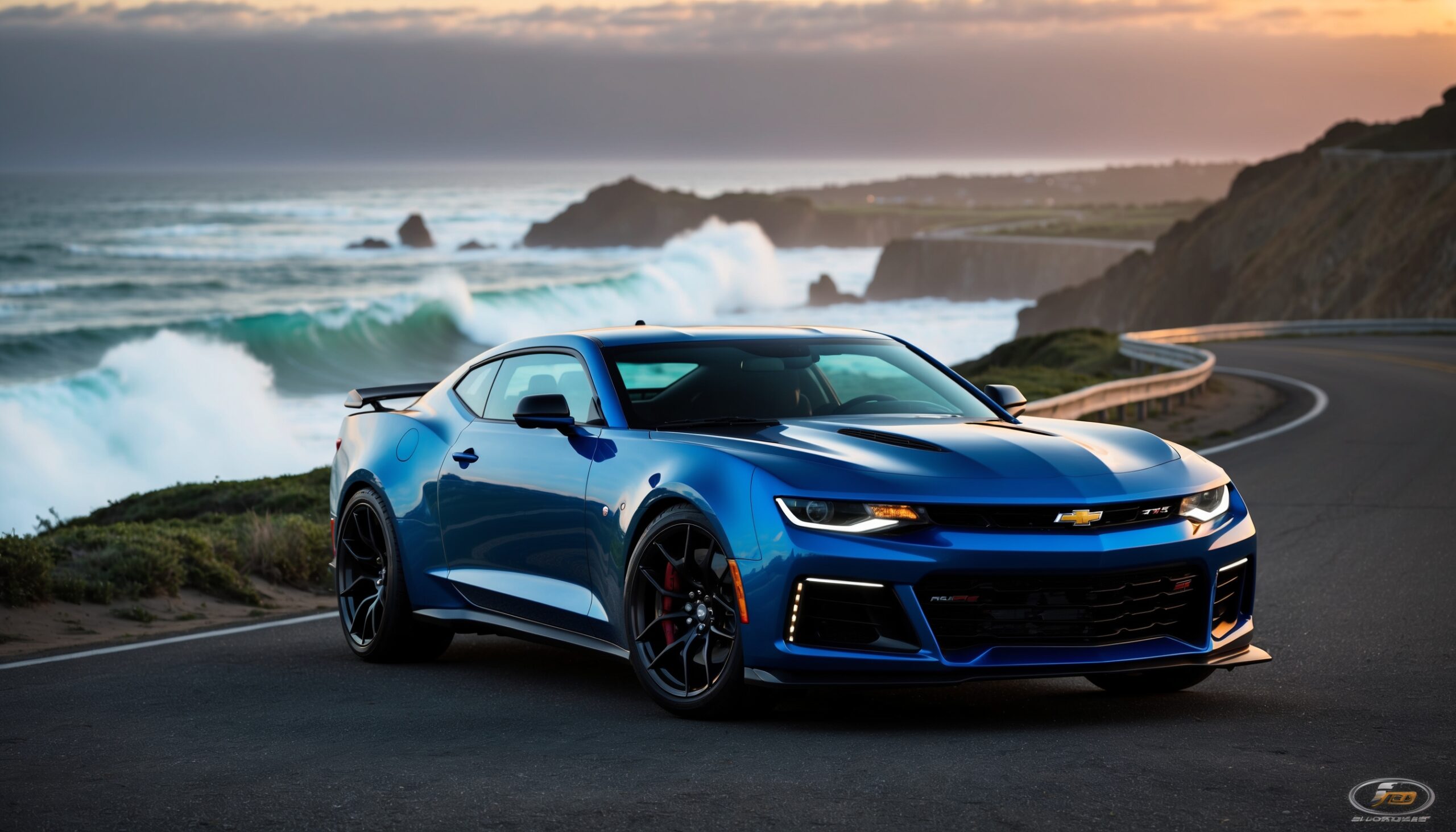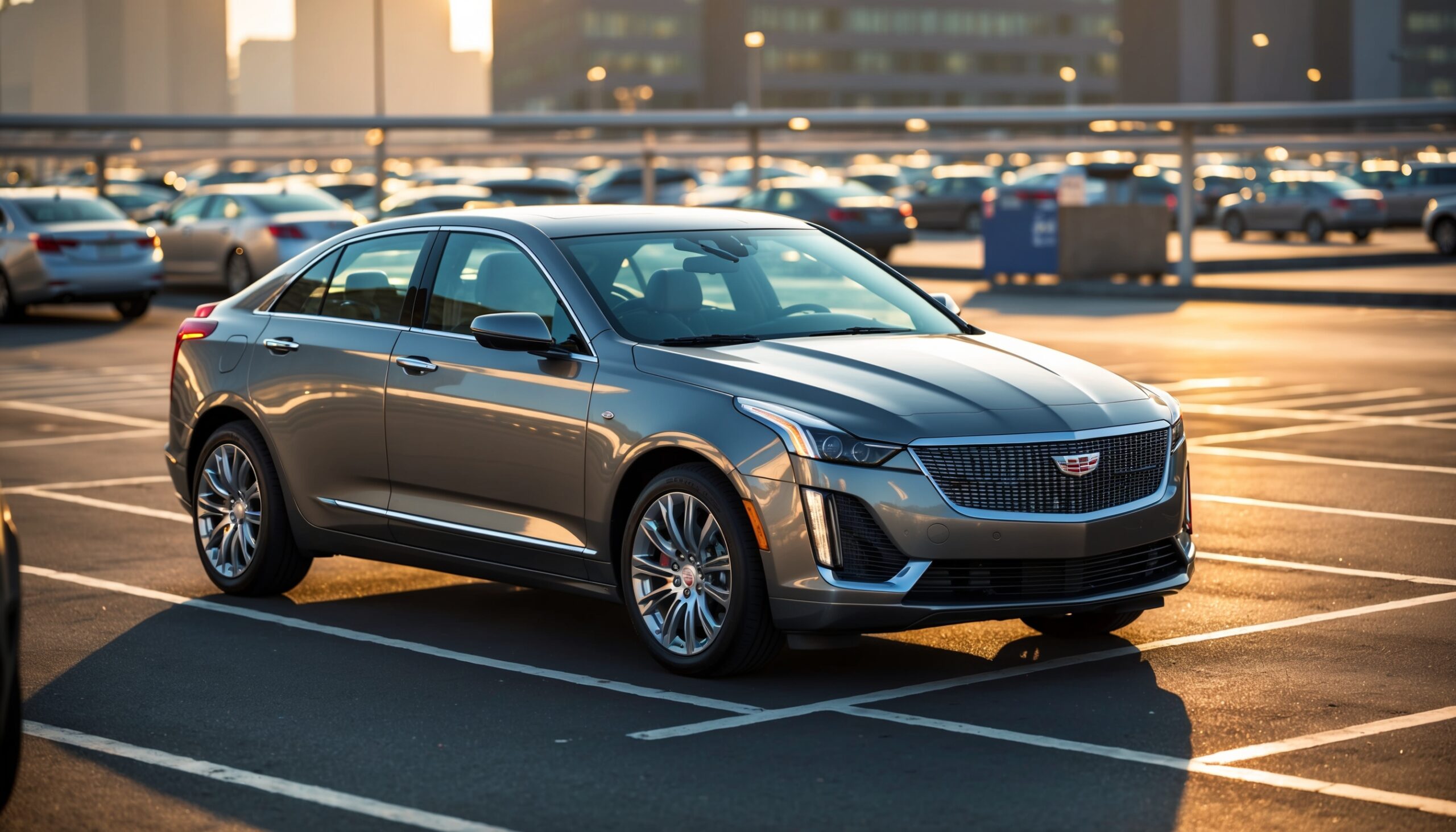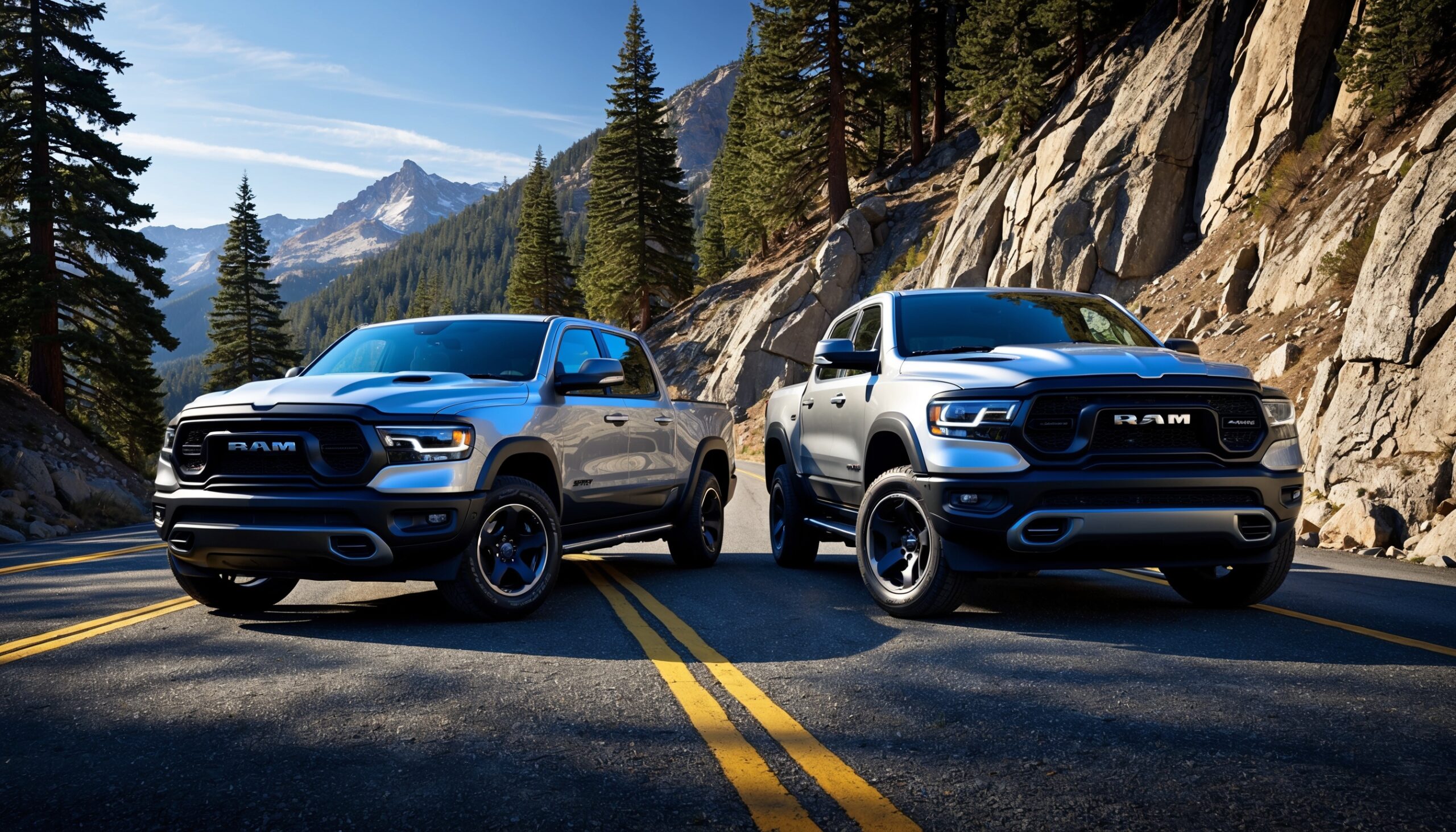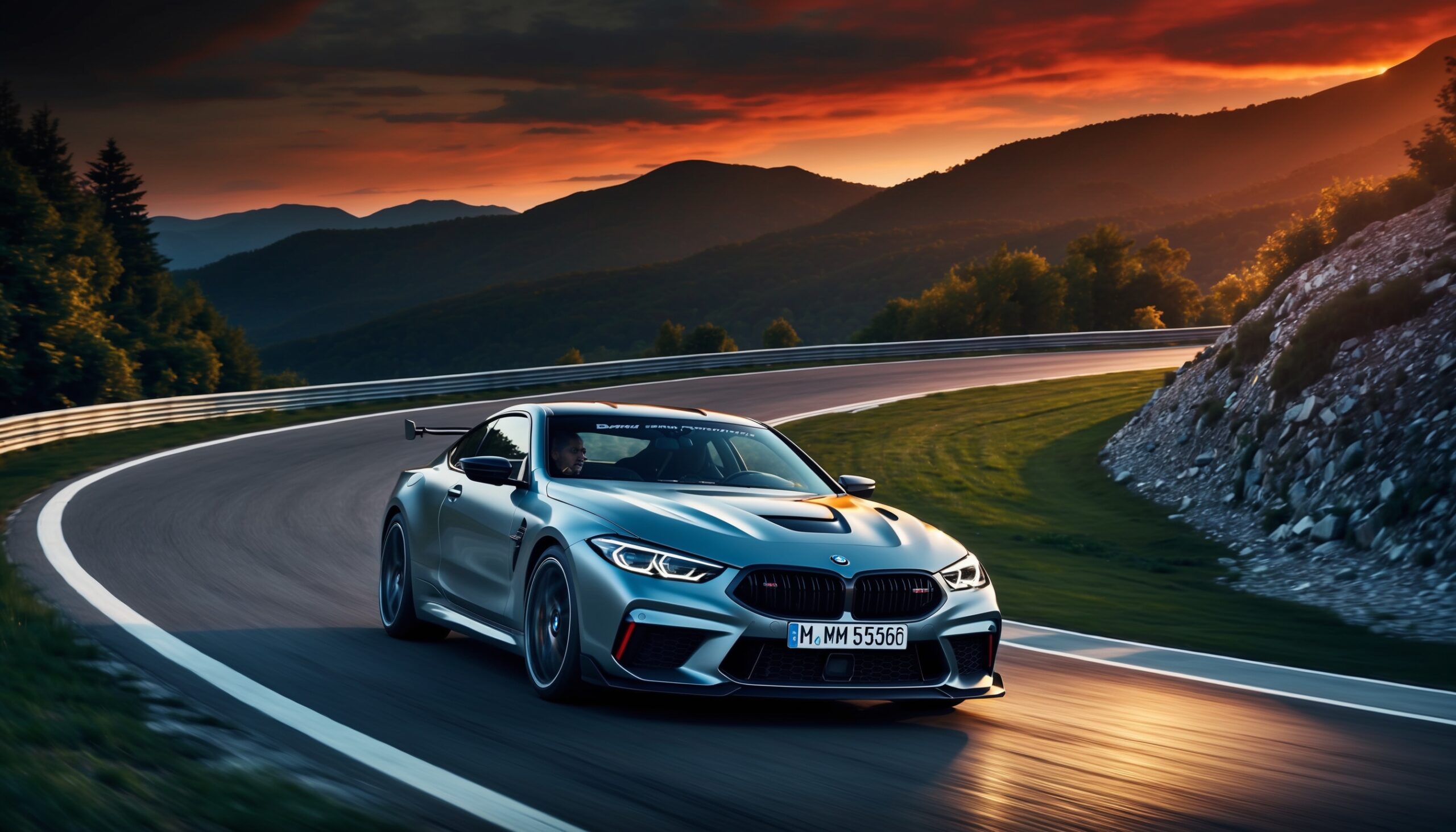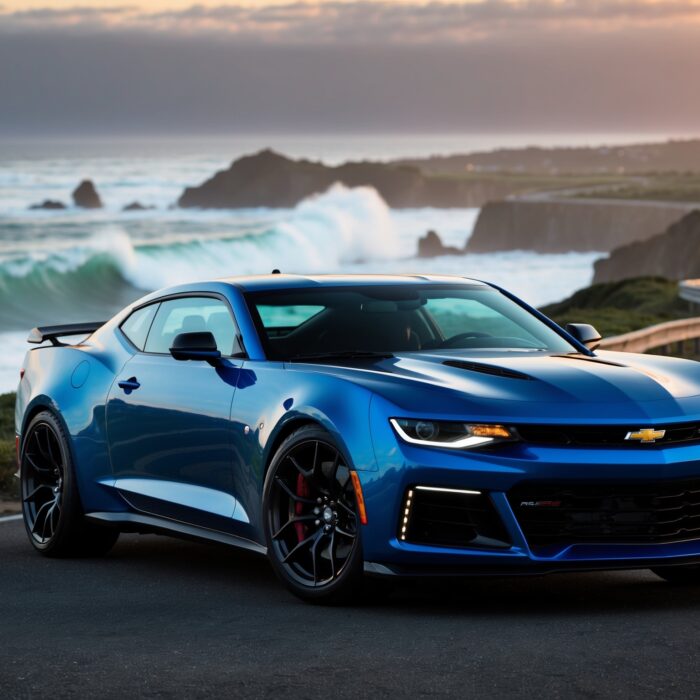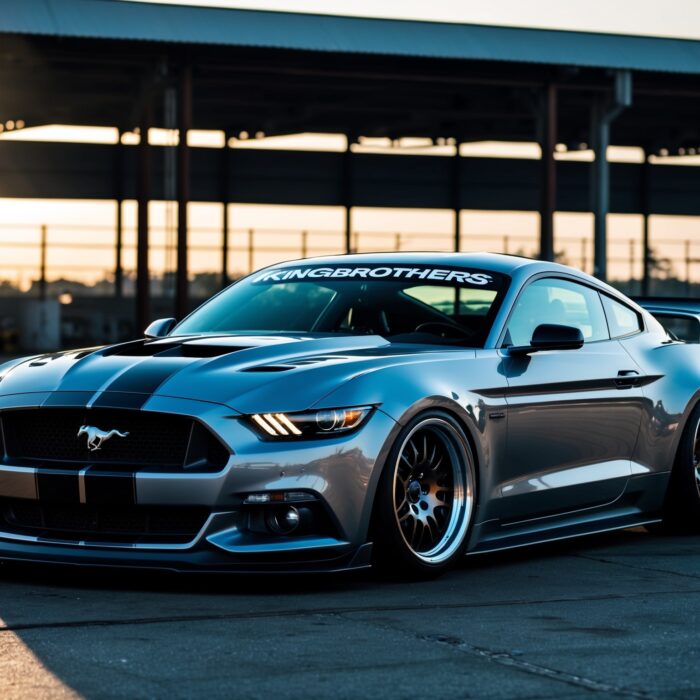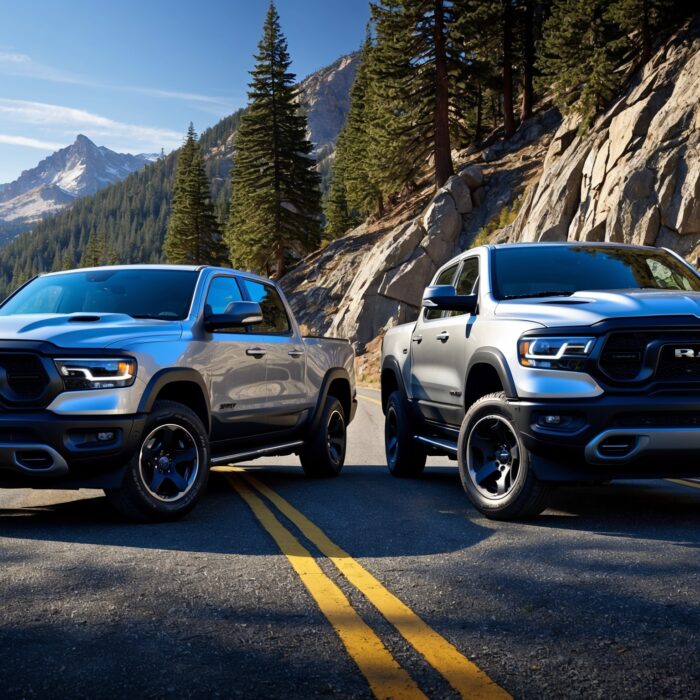Mazda’s Rotary Renaissance: A Glimpse into the Future
For decades, the rotary engine has been synonymous with Mazda—a badge of honor, if you will. These unique powerplants have a cult status among car enthusiasts, celebrated for their lightweight design, high RPM capabilities, and the distinctive sound that brought life to iconic models like the RX-7 and RX-8. However, as the automotive industry pivots towards electrification, many wondered if the rotary would be left in the past. Thankfully, Mazda has other plans, and their latest twin-rotor hybrid concept hints at an exciting revival for sports enthusiasts everywhere.
A Brief History of the Rotary Engine
Before diving into Mazda’s latest innovations, let’s take a moment to appreciate the history of the rotary engine. Developed by Felix Wankel in the 1950s, this engine design took a different approach than conventional piston engines. Instead of moving up and down, it uses a triangular rotor that spins within an oval chamber. This unique design offers several benefits:
- Compact Size: Rotary engines are smaller and lighter than their piston counterparts, making them ideal for sports cars.
- High RPM: These engines can rev higher than traditional engines, providing a thrilling driving experience.
- Smooth Power Delivery: The rotary engine’s design allows for a smoother power output, minimizing vibrations.
Throughout the 70s and 80s, Mazda pushed the rotary engine to new heights, delivering performance vehicles that captivated drivers. However, as fuel efficiency and emissions regulations tightened, the rotary engine’s limitations became more pronounced. With the RX-8’s production ceasing in 2012, it seemed the rotary engine might be relegated to the annals of automotive history.
The Hybrid Concept: A New Era for Mazda
Fast forward to today, and Mazda is breathing new life into the rotary engine with a twin-rotor hybrid concept that promises to blend the best of both worlds: electric and rotary power. This innovative approach not only preserves the spirit of the rotary engine but also meets modern demands for efficiency and sustainability.
What Makes the Twin-Rotor Hybrid Concept Special?
The twin-rotor hybrid concept showcases Mazda’s engineering prowess and commitment to performance. Here are some standout features:
- Hybrid Technology: The integration of an electric motor with the rotary engine enhances overall efficiency, allowing for reduced emissions and improved fuel economy.
- Performance Focus: Mazda has always prioritized driving dynamics, and this hybrid setup aims to maintain that exhilarating experience while offering a more eco-friendly solution.
- Lightweight Design: The compact nature of the rotary engine means the overall vehicle can remain lightweight, a critical factor in sports car performance.

Environmental Considerations: A Green Future
As car enthusiasts, we often find ourselves torn between our love for performance and the need for sustainability. Mazda’s twin-rotor hybrid concept addresses this dilemma by offering a solution that resonates with eco-conscious consumers without sacrificing the thrill of driving.
The hybrid system allows for electric-only driving in urban environments, reducing emissions and promoting cleaner air. When it’s time to unleash the potential on the open road, the rotary engine can kick in, delivering the performance we crave. This versatility is what makes the concept so appealing—it caters to both the spirited driver and the environmentally aware individual.
Also Read: Mitsubishi Triton Hybrid engineers find BYD Shark 6 PHEV's off-road limits
What Can We Expect from Future Mazda Sports Cars?
The unveiling of this twin-rotor hybrid concept signals a bright future for Mazda sports cars. Sports enthusiasts have long awaited the return of the RX lineage, and with this new direction, Mazda could be poised to deliver an unparalleled driving experience. Here’s what we can look forward to:
1. A New RX Model?
While Mazda has not officially announced a new RX model, the hybrid concept hints at the possible reintroduction of a rotary-powered sports car. With the RX nameplate’s storied history, a new model could take the automotive world by storm.
2. Enhanced Driving Dynamics
Expect to see advancements in suspension and handling characteristics as Mazda leverages its engineering expertise. The combination of a lightweight rotary engine and hybrid technology could result in a sports car that not only performs well but also feels incredibly responsive.
3. Technological Innovations
As the automotive landscape evolves, so too must the technology that powers these vehicles. Mazda is likely to implement cutting-edge features, such as advanced infotainment systems, driver-assistance technologies, and connectivity options to keep drivers engaged and informed.
The Enthusiast Community’s Role
As the automotive world shifts towards hybrids and electrification, the enthusiast community plays a crucial role in shaping the narrative. Enthusiasts are the lifeblood of the industry, voicing their desires and preferences, which ultimately influence manufacturers like Mazda. Engaging with the community through events, social media, and feedback channels can help ensure that the future of sports cars aligns with their hopes and dreams.
Moreover, as Mazda embarks on this journey, the support of loyal fans will be pivotal. Sharing experiences, attending events, and promoting the brand’s innovations can help build momentum for the return of the rotary engine and the excitement surrounding new models.
Challenges Ahead: Will the Rotary Survive?
While Mazda’s twin-rotor hybrid concept is thrilling, challenges remain. The rotary engine has historically faced scrutiny over its fuel efficiency and emissions output compared to traditional engines. As regulations tighten, Mazda will need to ensure that its rotary technology can meet modern standards while still delivering the performance that enthusiasts crave.
Additionally, consumer perception plays a significant role. Some may be hesitant to embrace a hybrid rotary engine, fearing it may dilute the performance-oriented heritage they associate with the RX lineage. Mazda will need to carefully navigate these waters, ensuring that any new models resonate with both long-time fans and new customers.
The Road Ahead: Mazda’s Vision for the Future
Mazda’s commitment to the rotary engine through its twin-rotor hybrid concept is a testament to the brand’s dedication to innovation and performance. With a focus on sustainability without compromising the thrill of driving, Mazda is paving the way for a new era of sports cars.
As we look forward to the potential revival of the RX lineup, we can only hope that Mazda continues to embrace its unique engineering heritage while adapting to the changing demands of the automotive landscape. With the support of car enthusiasts and a strong vision for the future, the rotary engine could very well have a home in the next generation of sports cars.
In a world where electrification is often seen as the enemy of performance, Mazda stands as a beacon of hope, proving that we can have the best of both worlds. The rotary engine is not just a relic of the past; it is a symbol of passion, innovation, and the undying spirit of driving pleasure. Here’s to the future, where the roar of the rotary engine once again fills the streets.
Also Read: Mazda testing carbon-capture exhaust tech that stores CO2 in a tank
Stay tuned to Torque Feed for more updates on Mazda’s journey and the exciting developments in the world of automotive innovation.

